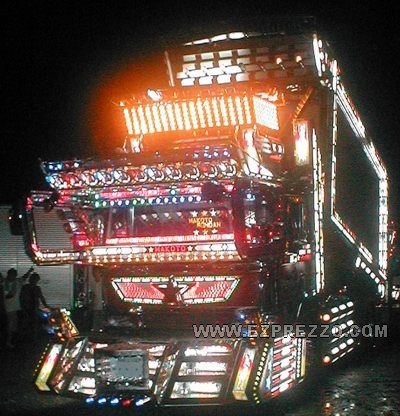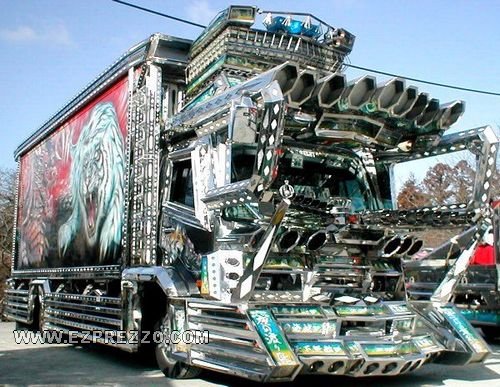Cadillac Sports Cars Aera lightweight Concept Car
This is the
Cadillac Aera (Aero + Era) launches
Cadillac's philosophy of "Art and Science" into new territory by taking an innovative and stylistic approach to
ultra-light weight vehicle design.
LOS ANGELES – The
Cadillac Aera concept vehicle won the
2010 Los Angeles Auto Show Design Challenge, tying with Smart and besting entries from seven other automakers including Mercedes-Benz, Honda, Nissan, Toyota and Maybach. GM Advanced
Design has now won the honor more times than any other design team.

General Motors advanced design California has come up with a concept cars zero-emission vehicle as part of this year’s LA Auto Show Design Challenge. Cadillac Sports Cars Aera lightweight Concept Car is a 1000 lb, 2+2 touring coupe, with a range of 1000 miles before refueling; attributes achieved without compromising size, capacity and safety. With an ability to seat four, the vehicle uses a body structure made from mono-formed 3D lattice that is extremely sturdy.
Cadillac Sports Cars Aera lightweight Concept Car
This marks the third time that the group from General Motors has won this challenge, giving them the most wins out of all automakers that enter. The Cadillac Aera Concept hit on all areas that the judges were looking for and, despite the futuristic styling, still carries some recognizable lines from Cadillacs of today.
Jussi Timonen, lead designer for the project shared: „The Cadillac Sports Cars Aera concept was designed to continue the forward-thinking imagination of Cadillac’s ‘art and science’ philosophy. It’s designed as a small city urban vehicle, but we approached this 2+2 touring coupe very much from the brand’s luxury perspective. Every detail of the Aera was conceived to minimize the vehicle’s environmental impact without sacrificing the style, comfort and attention to detail that are hallmarks of the Cadillac cars brand.”

Cadillac Sports Cars Aera lightweight Concept Car
The
Aera is powered by
compressed air via a highly efficient
Pneumatic Drive System that has a 10,000-psi composite air storage tank with capacity for a 1,000-mile range. Flexible, pressurized air cells in the exterior skin, similar to material developed for the
NASA Mars Rover airbags, enhance passive safety and interior comfort. The flexible polymer skin optimizes aerodynamics and functions as an ultra-lightweight alternative to conventional body panels and glass.
Additional technologies include an All-In-One (AIO) wheel system, combining rotary actuator propulsion, steering and suspension functions. A drive by wireless system decreases the mass of electrical components. Vehicle to vehicle communication (V2V) promotes active safety. The Cadillac Aera embodies a stylistic, lightweight, minimalist approach to long distance luxury touring.

Cadillac Sports Cars Aera lightweight Concept Car
The
Design Challenge is part of the Design Los Angeles automobile designers’ conference and has evolved into an integral element of the Los Angeles Auto Show. Design Los Angeles connects those working in the design industry with well-known automotive design industry leaders. Los Angeles is home to the world’s largest concentration of manufacturer design studios, representing automakers from North America, Europe and Asia. It is also the home of Art Center College of Design, one of the world’s foremost transportation design institutions where many of today’s leading
automotive designers began their careers.





 With the M5, Traverso lost again against TC
With the M5, Traverso lost again against TC 
 Customs News: Special edition BMW
Customs News: Special edition BMW












 To compress the air needed for the centrally mounted air tank, Air Replenishment Sites are used. Powered by air turbines floating 1,000ft in the air they harness the power of the wind and convert it to electricity to provide the compression. The motors cool down with increased load, instead of heating up, which eliminates the need for cooling systems. The chassis, interior and suspension employ an integrated design which brings a notable contribution to the lowered weight.
To compress the air needed for the centrally mounted air tank, Air Replenishment Sites are used. Powered by air turbines floating 1,000ft in the air they harness the power of the wind and convert it to electricity to provide the compression. The motors cool down with increased load, instead of heating up, which eliminates the need for cooling systems. The chassis, interior and suspension employ an integrated design which brings a notable contribution to the lowered weight.